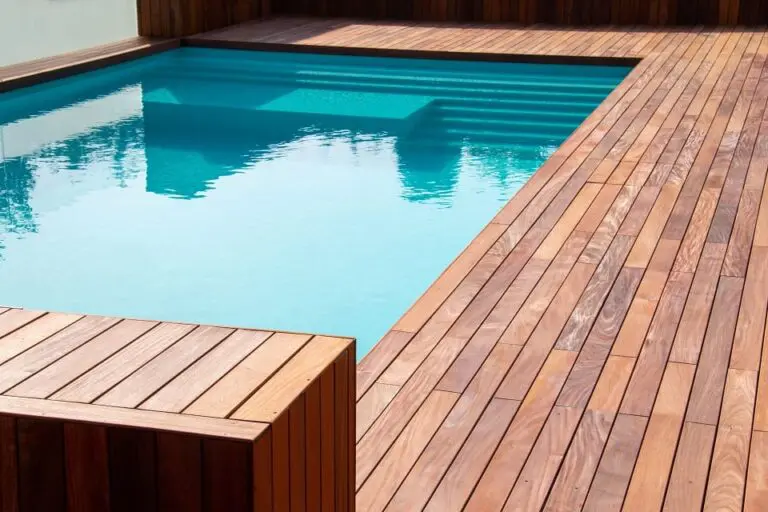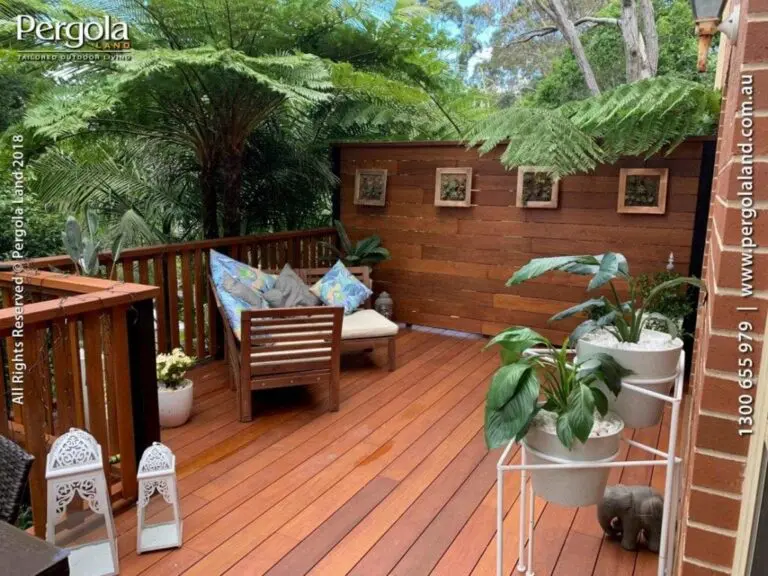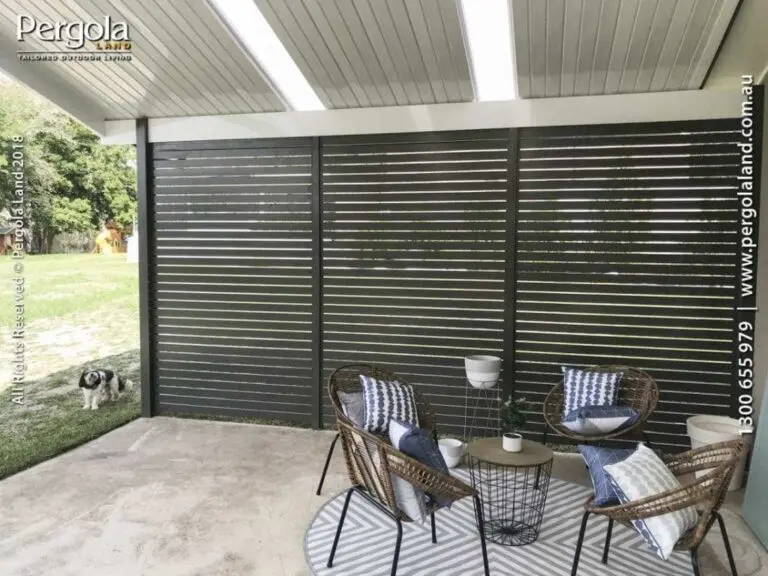A swimming pool should be a safe place for families, especially young children. A number of children under the age of 5 drown in pools every year in Australia, and more suffer injuries from almost drowning. This could be avoided by installing a fence or barrier around the pool.
The Swimming Pools (Amendment) Act 2012 aims to reduce the risk of young children drowning and hurting themselves due to pool accidents. Whether or not you have young children at home, as a pool owner you should comply with the government’s regulations regarding pool fencing. This could prevent children who visit your home from drowning in your pool.
If you have a swimming pool at your residence, you need to ensure that it’s registered and that you install a council-compliant pool fence/barrier.
What is a swimming pool?
According to the Swimming Pools (Amendment) Act 2012, a swimming pool is an excavation, structure, or vessel that can be filled with a depth of 300mm or more of water, and is used for swimming, bathing, wading or paddling. A swimming pool can be located in your backyard, indoor, on top of a building, or as part of a patio or pergola.
Registering your pool
If you live in NSW, you can register your pool for free at www.swimmingpoolregister.nsw.gov.au, or you can have your local council register your pool for you for a fee of $10. When registering your pool, you’ll need to provide your name, address, contact details, and the type and age of your pool. You’ll also have to complete a self-assessment checklist about your pool fence, assessing whether it complies with the applicable Australian standards. If you don’t register your pool, you’ll be fined $220.
Pool compliance certificate
You’ll need a current Pool Compliance Certificate if you have a swimming pool at a hotel, caravan park, unit complex or private residence. Depending on your local council’s inspection policy, you may not necessarily need one right now. However, if you’re going to sell or lease your private property, then you’ll have to get a compliance certificate, which is valid for three years.
Even if you’re not selling or leasing your property, you can still obtain a compliance certificate. But first, you should have your pool fence/barrier inspected by a private certifier or council officer to confirm that it’s council compliant before you can be issued a certificate. Your local council may charge you a maximum fee of $150 for the first inspection, and if another inspection is required then you’ll be charged a fee of $100. A private certifier will set their own fees.
Fencing requirements for your type of pool
- Existing pool –An existing swimming pool is an outdoor pool that was constructed or installed before February 1, 1991. An existing pool that’s exempt from fencing requirements doesn’t need to have its pool fence/barrier upgraded. However, if you voluntarily chose to fence the pool or made big changes to the barrier, then the pool will no longer be exempt and will have to meet current fencing requirements.
- Indoor pool –An indoor swimming pool is completely enclosed by the walls of a building, or is a pool on the deck/roof of a building that can be accessed through the usual means of entering or leaving the building, or accessed only from inside the building. An indoor pool that’s fully enclosed by a building’s walls is exempt from fencing requirements.
- Spa pool –If your spa pool isn’t covered and secured by a lockable lid, then you’ll need to install a child-resistant barrier that’s council compliant. The fence/barrier should meet the minimum requirements of the Building Code of Australia’s Standard AS 1926-1 for swimming pools.
- Portable pool – A portable pool generally also needs to be fenced with a child-resistant, council-compliant barrier. However, a portable pool that can only hold 2000 litres of water, is 450mm deep and has no filtration system won’t need fencing.
- Inflatable pool –An inflatable pool should also have council-compliant fencing.
Pool fencing standards
Fencing standards remain the same as before the Swimming Pools (Amendment) Act 2012. No matter when your pool was constructed, it should have a fence/barrier to prevent young children from entering the pool unsupervised.
All swimming pools need to have a council-compliant fence/barrier unless it is granted exemption by the local council. The fence/barrier can be isolated (e.g. four-sided) or incorporate doors and windows in the building’s external walls (e.g. garage, garden, storage shed, patio or pergola), but the openings mustn’t provide access to the pool from outside the building.
a) Physical measurements
Your pool fencing should:
- Be 1.2m high.
- Have a maximum 10cm gap under the fence.
- Have vertical bars that are maximum 10cm apart.
- Have horizontal rails that are minimum 90cm apart to prevent children from climbing over the fence.
- Have a minimum 1.1m gap between the top of the highest lower horizontal support and the top of the fence.
- Have the top of the fence set a minimum 1.2m away from an object that children can use as a foothold.
b) Non-climbable zone (NCZ)
A 90cm NCZ must be incorporated into the barrier around the pool. The zone is measured in an arc shape, from the top of the fence on the outside arching towards the ground. The NCZ should be 90cm away from the ground or an object that children can use as a foothold.
The following shouldn’t be within the 90cm NCZ: trees, shrubs and objects (e.g. a barbeque, pot plants, toys, ladders and chairs). This way, young children can’t use them to climb over the fence. A boundary fence that’s part of the pool barrier or is within the 90cm NCZ shouldn’t have horizontal bars.
c) Child-resistant doors and windows
Older swimming pools may have doors or windows as part of the pool fence/barrier, but for new swimming pools they’re not allowed.
d) Pool barrier doors and windows
If your fence/barrier has door or window openings, they should be protected.
A door or gate must:
- Have only 1cm footholds on the door or on the frame between the floor.
- Have no footholds over 10cm above the floor.
- Never be left open.
- Close automatically with a self-closing device.
- Automatically lock when it closes with a self-latching device that’s a minimum of 150cm off the ground.
- Swing outwards away from the pool.
- Not have a pet door.
A window must:
- Be enclosed by grilles or fixed so as not to allow a 10.5cm round bar to pass through.
- Have its lowest opening panel located a minimum 120cm above the floor
- Have no footholds over 10cm above the floor.
- Have a locking device or security screen so that it doesn’t open more than 10cm.
e) Outdoor and above-ground pools
For outdoor and above-ground pools on residential land, they should:
- Have a pool fence/barrier.
- Be allowed to have a temporary pool fence/barrier for 3 months or more in some circumstances, and only if it won’t put people’s safety at risk.
- Have follow-up inspections before the final inspection.
- Have cardiopulmonary resuscitation (CPR) signage.
Above-ground pools need to have a minimum 120cm wall height. Fixed or removable ladders aren’t allowed unless they’re contained within a council-compliant fence.
f) Alternative standards
The amendment also offered an alternative to the pool fence. It can be compliant if:
- It’s a minimum of 1.8m high.
- Young children can’t dig through or under the surface below the fence.
- It has a 30cm clear area inside the fence.
- It has 1.3cm holes or less in the material that it’s made from (e.g. perforated material or mesh) if there’s no NCZ and clear area.
- It uses a permanent watercourse (e.g. a canal, creek, river, stream or lake) to form part of the barrier with a depth of more than 30cm and a width of 180cm or more, and there’s no access to the pool over or under the water.
g) Other standards
A compliant pool fence:
- Can be constructed around a pool that’s not completely enclosed by the walls of a building.
- Shouldn’t have to consider objects on adjoining land.
- Shouldn’t have to isolate the pool from a watercourse.
- Should be inspected by a private certifier/council officer and approved before the pool can be filled with a depth of 30cm or more of water.
Pool fencing repairs and maintenance
Fencing repairs and maintenance can be self-assessed when determining whether they’re council compliant, which means you don’t need council approval to repair and maintain the fence. All bolts, screws and fasteners should be tight and work properly. If not, replace them. You should regularly spray self-closing gate hinges, locks and latches with lubricating oil or silicone.
If a large part of the pool fence has been demolished, removed or cannot be repaired, you should replace it with a new fence that complies with current fencing standards. If a small part of the fence is in poor condition, you can repair it according to its previous fencing standards. Contact your local council if you’re unsure if your pool fence complies. Pool owners with non-compliant pool fences may have to pay a $16,500 penalty, and a $700 on-the-spot fine.
It’s the pool owner’s responsibility to install council-compliant pool fencing so that children are safe around the swimming pool. Pool fencing reduces the risk of children drowning in the pool and/or dying. More importantly, parents and carers should always supervise young children when around a swimming pool.





